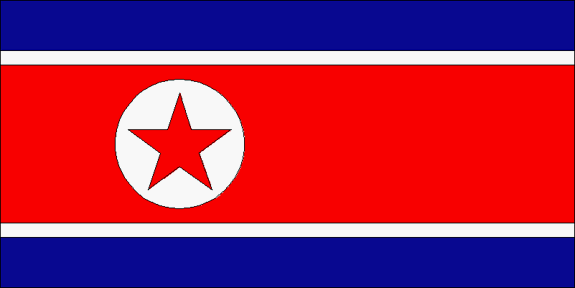





In the 1950s and 1960s, chemical staffs and units were established in the army down through the division level. The army corps has a chemical defense battalion, the division has a chemical defense regiment and the regiment or separate brigade has a chemical defense platoon. All are subordinate to the corresponding chief of the chemical warfare service. In the 1980s, the chemical unit attached to each level was upgraded, from platoon to company, company to battalion, and so on. Chemical weapons are deliverable by a variety of potential launch and delivery vehicles, including most of the military's artillery pieces, multiple rocket launchers, and mortars.
The acquisition of defensive chemical warfare is not confined to the army. Each airfield has a chemical platoon equipped with decontamination equipment and detection systems derived from Soviet or Chinese designs. Their missions include training personnel in the use of chemical protective gear and the detection of chemical agents. Chemical training is combined with all types of combat training to develop mission capability under chemical warfare conditions. Army personnel are equipped with protective masks and rudimentary suits or capes, but on a severely constricted basis to conserve equipment stocks. Emergency procedures and the use of gas masks are taught as part of basic training.
The Nuclear-Chemical Defense Bureau, established in 1981, is under the direct control of the General Staff of the Ministry of People's Armed Forces. North Korea is known to have sent nuclear experts of the Nuclear/Chemical Defense Bureau to seven countries, such as Russia, France, Austria, and the Ukraine, and to have had them observe nuclear facilities in those countries, and purchase the parts necessary for North Korea's nuclear development. The Nuclear-Chemical Defense Bureau has conducted training to cope with a nuclear war for responsible persons from the anti-nuclear/anti-atomic analysis teams once or twice a year since 1991.
Organization of North Korean nuclear-chemical units
|
There are variously estimated to be between 9,900 and 13,000 military chemical warfare personnel in the KPA, which is over one percent of all personnel. Structurally the directorate of the chief of chemical warfare troops includes four departments: armament, training, research and industry, and chemical.
The Armament Department engages in determining the requirement for and procuring and storing chemical weapons and gear. It has a number of subordinate subunits and at least ten depots: a central depot and one for each army corps.The Training Department organizes combat training of chemical warfare units and subunits as well as specialist training. It coordinates with other entities of the directorate on a number of questions and directly oversees the chemical warfare school, officer schools and training regiments, particularly the Hungnam Chemical Engineering College, which trains officer cadres for chemical warfare troops and at the same time performs functions of an NBC center.
The Department of Research and Industry coordinates and directs the activity of scientific research establishments and industry. It is broken in turn into three subdepartments--nuclear, chemical and biological. Each has RDT&E subunits and industrial production organizations.
By the late 1980s as many as eight industrial facilities capable of producing chemical agents had been identified. There were three research institutes known in the late 1980s; they were located at Kanggye, Siniju, and near Hamhng. North Korea's chemical weapons-related organizations include Kim Il-song University; the Chemical Department of Pyongsong College of Science; the Central Analysis Center at Pyongsong Academy of Science; the 398th Research Center and the 279th plant under the Nuclear-Chemical Defense Bureau; the chemical plants in Kanggye, Sakchu, Hyesan, Wonsan, and Hamhung; the 8 February Vinalon Plant; Sunchon Vinalon Plant; and Sariwon Potash Fertilizer Plant. The Institute of Chemistry (located in P'yongyang), an affiliate of the Academy of Defense Sciences [Second Academy of Natural Science] under the direct control of the Ministry of People's Armed Forces, and branches of the Institute of Chemistry (Hamhung, Kanggye, and Sinuiju) are in charge of CW research.
In 1985 North Korea founded the antinuclear/antiatomic analysis teams in the Navy Headquarters and four corps stationed near the DMZ. In 1985 and thereafter, the antinuclear/antiatomic analysis team was established in the corps in the rear area, the 425th and 815th training centers, and other corps-level training centers.